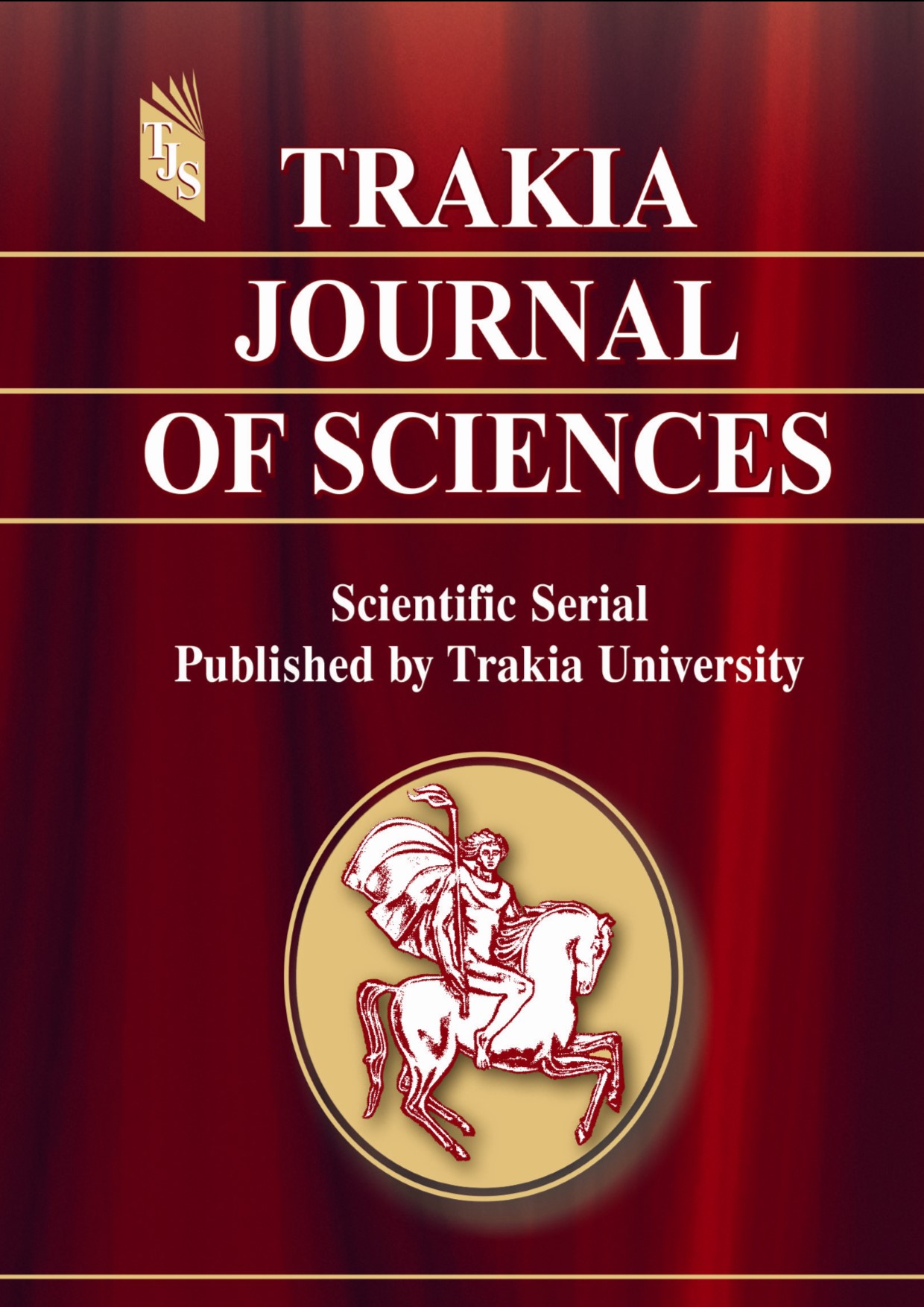THE RELATIONSHIP BETWEEN NUTRITIONAL CONSUMPTION AND ACNE SEVERITY IN YOUNG ADULTS
DOI:
https://doi.org/10.15547/tjs.2025.s.01.007Keywords:
skin disease, women, dietary intake, milk productsAbstract
THE PURPOSE of this study was to examine the relationship between the severity of acne vulgaris and dietary habits among young Bulgarian women. METHODS: Sixty women with an average age of 26.8 ± 7.3 years, all diagnosed with acne, participated in the study. The severity of acne was determined using the Global Acne Grading System (GAGS). Dietary intake was assessed through the Food Frequency Questionnaire (FFQ) method. RESULTS: The participants with severe and very severe acne reported significantly higher daily consumption of milk (p=0.04) and sweets (p=0.02). They also had a higher frequency of consuming foods rich in saturated fats and omega-6 fatty acids, such as pastries, sausages, red meat, and sunflower oil. Additionally, the study found that the inadequate intake of whole grain bread, vegetables, fruits, legumes, and nuts among the participants contributed to deficiencies in vitamins and antioxidants, which may further exacerbate acne. CONCLUSION: Nutrition affects acne severity and can be incorporated into personalized prevention and treatment strategies.
References
Oon H, Wong S., Aw D., Cheong W., Goh C., Tan H. Acne Management Guidelines by the Dermatological Society of Singapore. J Clin Aesthet Dermatol, 12 (7):34-50, 2019.
Karimkhani C., Dellavalle R., Coffeng L. Global skin disease morbidity and mortality: an update from the global burden of disease study,.JAMA Dermatol, 153:406-412, 2013.
Burris J., Rietkerk W., Shikany J., Woolf K, Differences in Dietary Glycemic Load and Hormones in New York City Adults with No and Moderate/Severe Acne. J Acad Nutr Diet, 117 :1375-1383, 2017.
Dall'Oglio F., Nasca M., Fiorentini F., Micali G., Diet and acne: review of the evidence from 2009 to 2020. Int J Dermatol, 60 :672-685, 2021.
Meixiong J., Ricco C., Vasavda C., Ho B. Diet and acne: A systematic review. JAAD Int, 29:95-112, 2022.
Juhl C., Bergholdt H., Miller I., Jemec G., Kanters J., Ellervik C. Dairy Intake and Acne Vulgaris: A Systematic Review and Meta-Analysis of 78,529 Children, Adolescents, and Young Adults. Nutrients, 10 :1049, 2018.
Doshi A., Zaheer A., Stiller J. A comparison of current acne grading systems and proposal of a novel system. Int J Dermatol, 36:416-418, 1997.
National recommendations for healthy eating (Internet). Sofia: National Center of Public Health and Analyses; 2025 [cited 2025 May 15]. Available from: https://ncpha.government.bg/uploads/pages/3001/NPPNCD_2014-2020_Healthy_eating.pdf
Shapira N., Biro L., Kontogianni M. Low glycemic load diet and acne severity: a systematic review and meta-analysis. Clin Cutaneous Nutr, 1:45 57, 2022.
Raza Q., Hina R., Nawaz S., Safdar M., Imran K., Ashraf U., Imran S. Effect of a Low-Glycemic-Load Diet and Dietary Counseling on Acne Vulgaris Severity Among Female Patients Aged 15 to 35 Years. Cureus, 16: e72886, 2024.
Morales-Sánchez M., Camacho-Rosas L., García-Becerril I., Peralta-Pedrero M. Effect of adding a low glycemic load and index diet over 12 weeks in the treatment of moderate acne: a randomized controlled trial. Int J Dermatol, 62 :39-42, 2023.
Ryguła I., Pikiewicz W., Kaminiów K. Impact of Diet and Nutrition in Patients with Acne Vulgaris. Nutrients, 1 :1476, 2024.
Meixiong J., Ricco C., Vasavda C., Ho B. Diet and acne: A systematic review. JAAD Int, 29 :95-112, 2022.
Sánchez-Pellicer P., Navarro-Moratalla L., Núñez-Delegido E., Ruzafa-Costas B., Agüera-Santos J., Navarro-López V. Acne, Microbiome, and Probiotics: The Gut-Skin Axis. Microorganisms, 10:1303, 2022.
Penso L., Touvier M., Deschasaux M., Hercberg S., Ezzedine K., Sbidian E. Association between adult acne and dietary behaviors: findings from the NutriNet-Santé Prospective Cohort Study. JAMA Dermatol, 156:854–862, 2020.
Melnik B.. Linking diet to acne metabolomics, inflammation, and comedogenesis: an update. Clin Cosmet Investig Dermatol, 8:371-88, 2015.
Roengritthidet K., Kamanamool N., Udompataikul M., Rojhirunsakool S., Khunket S., Kanokrungsee S. Association Between Diet and Acne Severity: A Cross-sectional Study in Thai Adolescents and Adults. Acta Derm Venereol, 101(12):adv0061, 2021.
Koch W, Zagórska J, Michalak-Tomczyk M, Karav S, Wawruszak A. Plant Phenolics in the Prevention and Therapy of Acne: A Comprehensive Review. Molecules, 29 (17):4234, 2024.

Downloads
Published
Issue
Section
License

This work is licensed under a Creative Commons Attribution-NonCommercial 4.0 International License.


